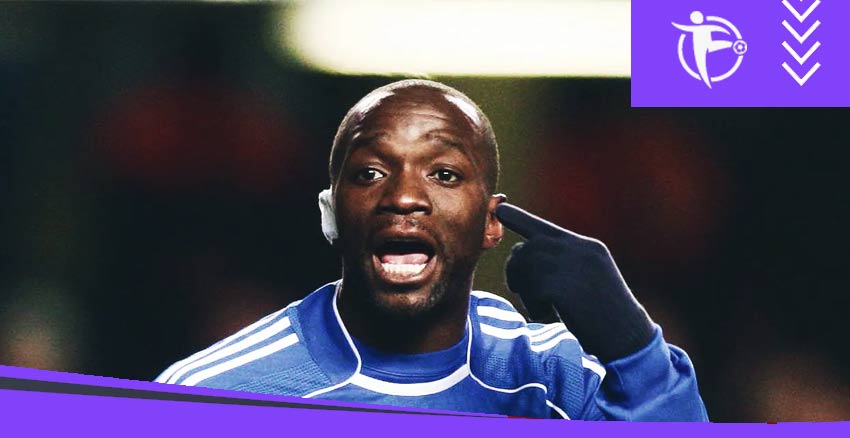Whilst typically locked in debate on the way to Wembley for England’s game against France the other day, it suddenly occurred to me that box to box midfielders are a dying breed. Steven Gerrard, Frank Lampard and Paul Scholes are some of the best players of our generation. All great drivers of teams who could both score goals and make tackles, yet there are few left in the game. The question is why?
Claude Makélélé is the key man to all of this. His impact sparked a sudden obsession with deep lying midfielders, especially during the 2004–05 Premier League season when Chelsea won the title with 95 points. The holding midfield role, acting as a shield in front of the back four would allow attacking midfielders to push forward without being caught on the counter attack. In homage to Makélélé, many fans and pundits alike have dubbed the defensive midfield position as the Makélélé Role.
Perhaps it’s not that box to box midfielders don’t exist so much nowadays it’s that they are no longer able to play as box to box midfielders. With formations progressing away from the 442 and more towards the 433 or 4231 over the last decade as as it gave more balance and control of the game, as well as the ability to play between four units and extra defensive support. The new formations currently being played with success generally feature one striker up front, whether it is a target man or a finisher that’s for the manager to decide. By taking out one of the strikers this enables a third central midfielder to be deployed in the trequartista role. Ideally, a trequartista is neither a striker nor a playmaker, or you can think of him as a bit of both. He sits deeper than a traditional striker but not as deep as the playmaker. He enjoys freedom in position and has no defensive responsibilities. The other positions in midfield are the two defensive midfielders, positioned in front of the back four. These players will take up a deep lying role, aiming to win the ball off the opposition and then pass it five or ten yards to his more creative partner, linking defense to attack. Also giving the attacking quartet the license to push forward without the fear of being hit on the counter attack.
In conjunction with the change in formation midfielders became categorized as either a defensive or attacking specialist. One holds, breaks up play and finds the deep playmaker who starts the attacks and sets the tempo. The reason for the deeper playmaker was that space was becoming restricted higher up due to teams playing a three man midfield with two deeper midfielders, by playing a creative player deeper on the field allows more space to be created. Nowadays the position specific specialist such as Claude Makélélé is becoming extinct, it appears that the modern centre midfielder is required to be everything. Playing in that 4231 formation he is required to drop in to make a back three, screen and press in midfield and move forward to support the attack. He is the complete player, yet he is not the old school box to box midfielder. Yaya Toure is perhaps the most complete midfielder since Gerrard and Lampard in terms of his physical, technical and tactical ability. In recent years his performances have suggested that the box to box midfielder has returned, but a more improved version. Creative, strong, positive and also defensive minded, these players are proving to be the modern midfielders.
It appears that box to box midfielders are not infact a dying breed. As the game has moved forward the role of the box to box midfielder has been revamped. Ten years after the specialist midfielder replaced the original box to box midfielder, the specialist has now been replaced by the all rounder. The box to box midfielder has in fact returned but this is an up to date version.










